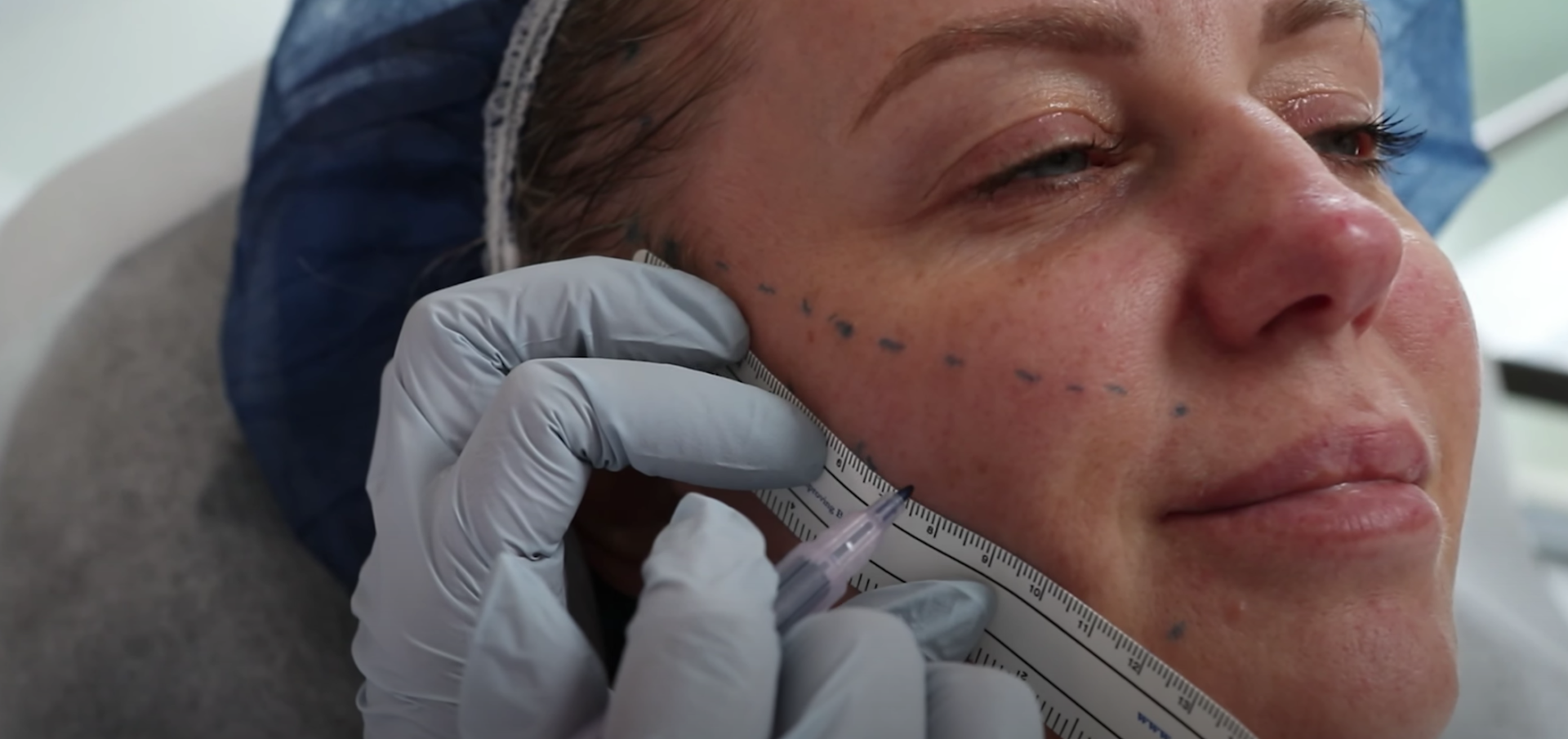What Is a Thread Lift? Can It Go Wrong?
There are many different types of threads available and thread lifts have risen in popularity due to social media exposure.
Whilst threads can be used as a non-surgical alternative to improve lower face sagging and jowls. It can also raise your nasal tip or lift your eyebrows. However, you must carefully consider whether a thread lift is the right treatment for you.
Below we explain what you need to know about a thread lift gone wrong. We go into detail about the different types of threads, how the procedure is performed and whether you would be a suitable candidate for treatment.
What is a thread lift?
Thread lift or ‘threads’ is a procedure where sterile lifting threads are placed under the skin to reposition sagging fat and lift your skin.
Once the threads are in place, they dissolve over a period of time, often many months, and stimulate collagen production during that time. This collagen production is what produces the long-lasting effect.
Threads can also be used to raise the tip of the nose, lift eyebrows, and improve nasolabial folds and jawline definition.
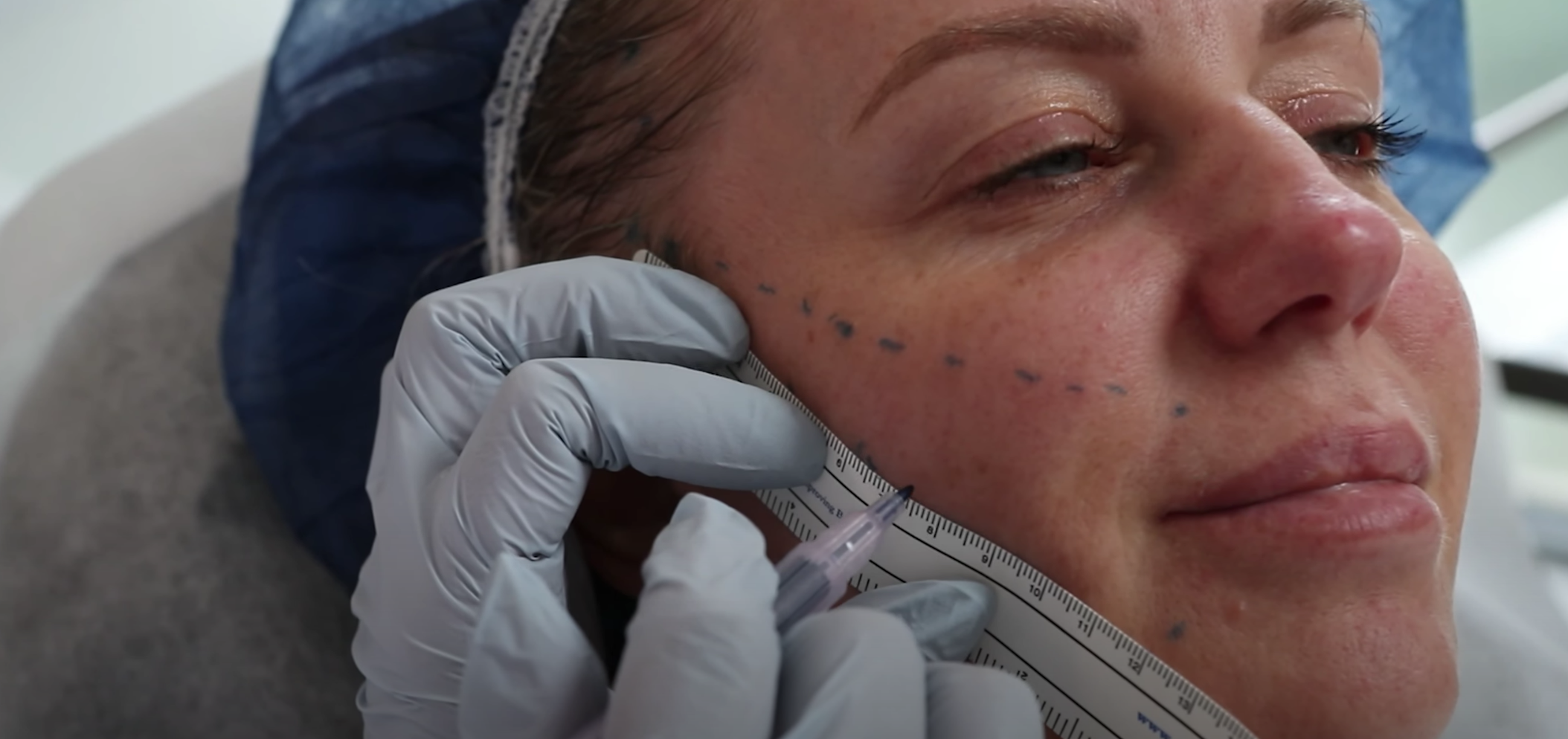
Why do people opt for thread lift treatment?
People seek thread lifts for many reasons. Often, patients will opt for a thread lift treatment when they begin to notice jowls forming and general facial skin laxity and sagging.
Thread lifts are often advertised as an alternative to a surgical facelift. In our experience, however, we find thread lifts suited to patients who are not quite ready for a surgical facelift and wish to delay a facelift.
What happens during a thread lift procedure?
Thread lifts are performed as a sterile procedure using dissolvable lifting threads. During the procedure, the area treated is numbed using local anaesthetic. The threads are inserted under the skin through the use of a fine needle or cannula. No skin incisions or cuts are required.
After the threads have been inserted, slight pressure is applied while the threads are positioned to lift and reshape sagging soft tissues.
During the procedure, patients reported very mild discomfort or a pressure sensation.
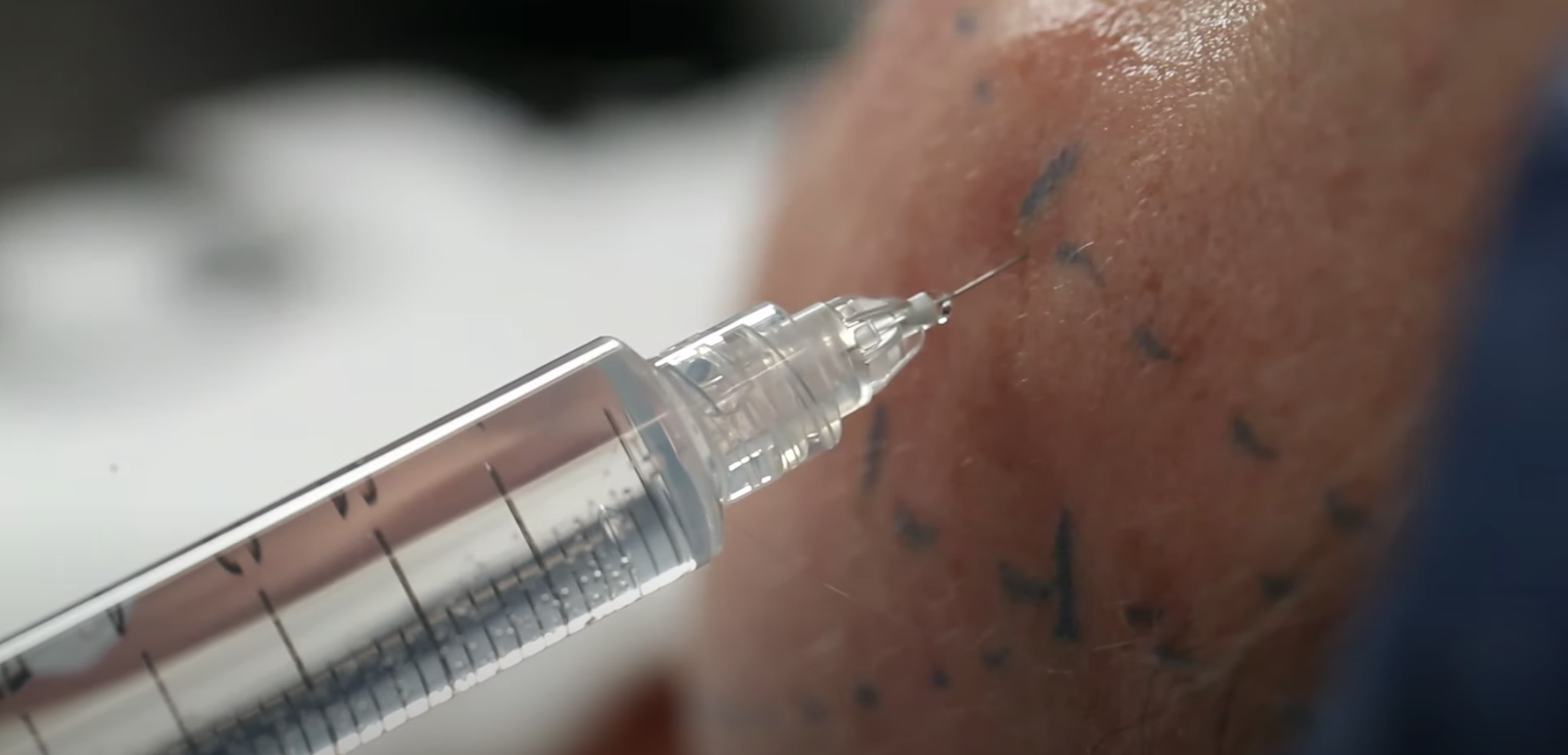
Where do the doctors use threads?
Threads are placed in specific positions in the face. Depending on exactly how they are positioned, threads can improve the jawline, nasolabial folds, jowls and neck.
For improving the jawline, nasolabial folds, jowls and neck, entry points for the threads are located at various different areas on the sides of the face.
The types and number of threads used and the specific entry points depend on which areas of concern are being treated, as well as each patient’s individual facial anatomy.
Correct placement of the threads during a thread lift is paramount in ensuring a successful treatment.
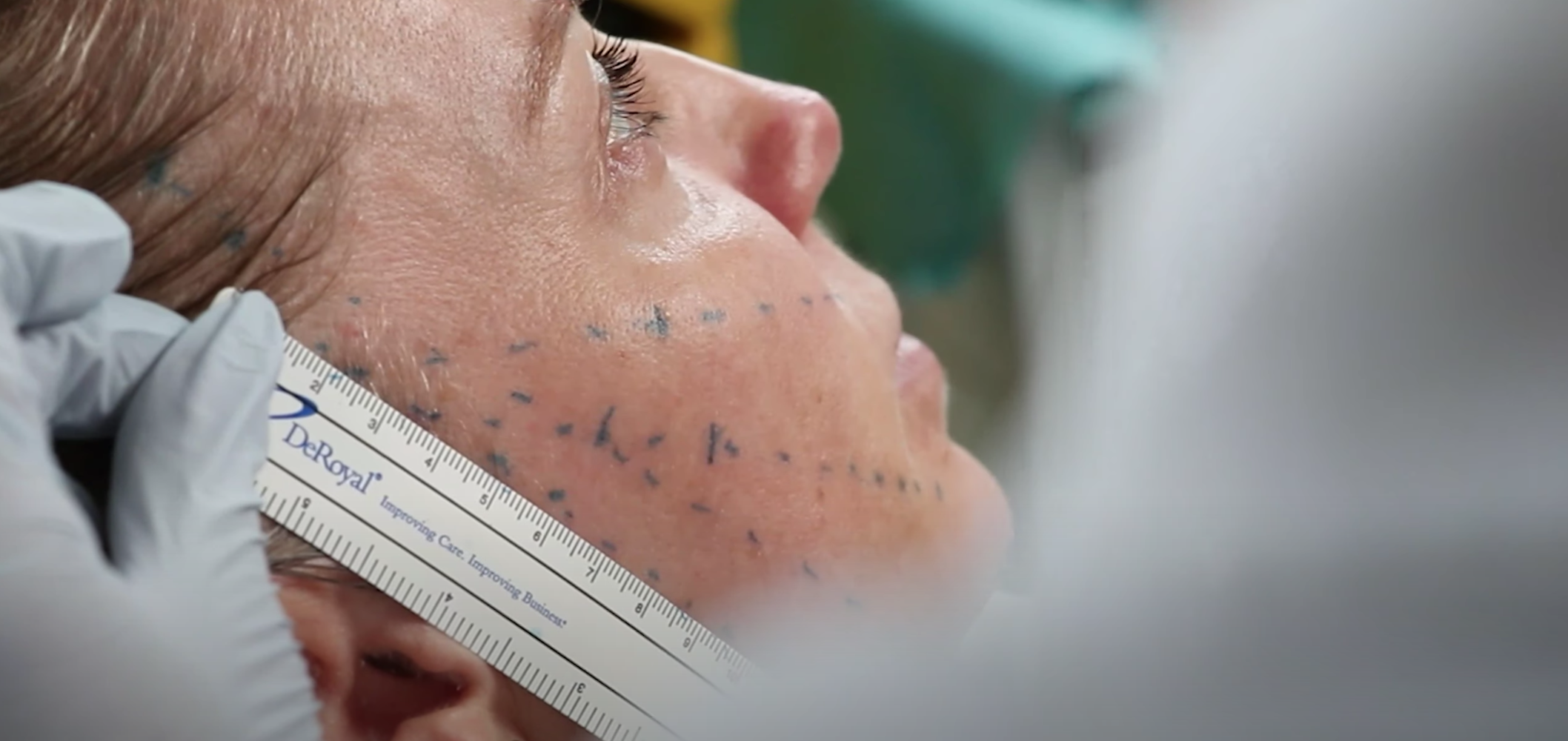
What does the result look like?
Depending on the area treated, the main aim of thread lift is to lift sagging soft tissues, including skin and fat. The amount of lift achieved depends on the number of threads used and each patient’s individual skin type. It will not be able to achieve the same lift as a surgical facelift or get rid of excess skin.
For a lower facelift, a good 1cm-1.5cm lift is expected. It is used to treat jowls, marionette lines, and nasolabial folds, improve loose neck skin and help with jawline definition.
For an eyebrow lift, a very subtle lift of a few millimetres up to 5 mm is expected. The “Fox Eye” brow lift is not offered at the Victorian Cosmetic Institute.
As part of the ageing process, a person’s nose tip tends to drop. For these patients, a thread lift treatment can be used to lift up the nose tip. For patients who have a low nose bridge, a nose thread lift can help build nose bridge height and definition.
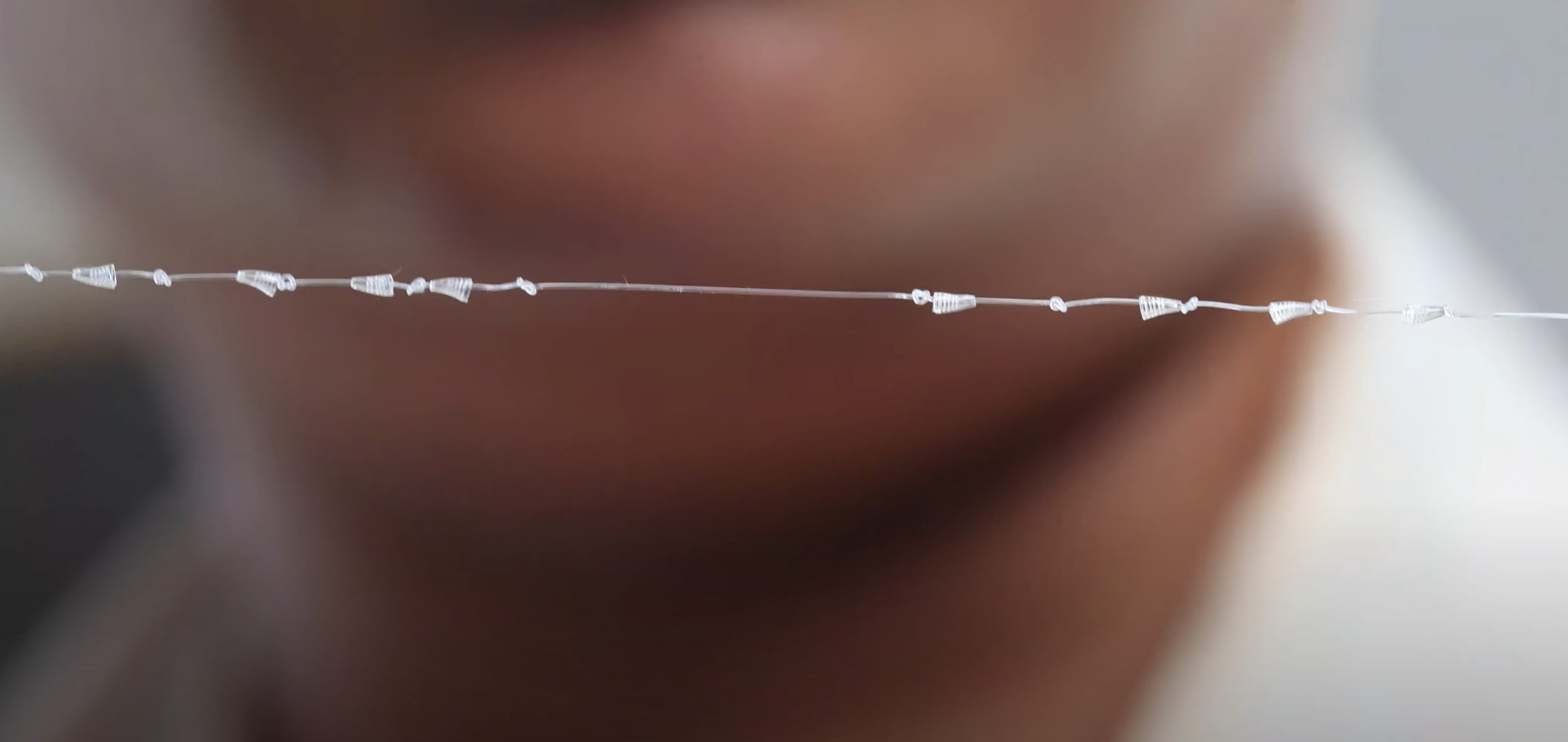
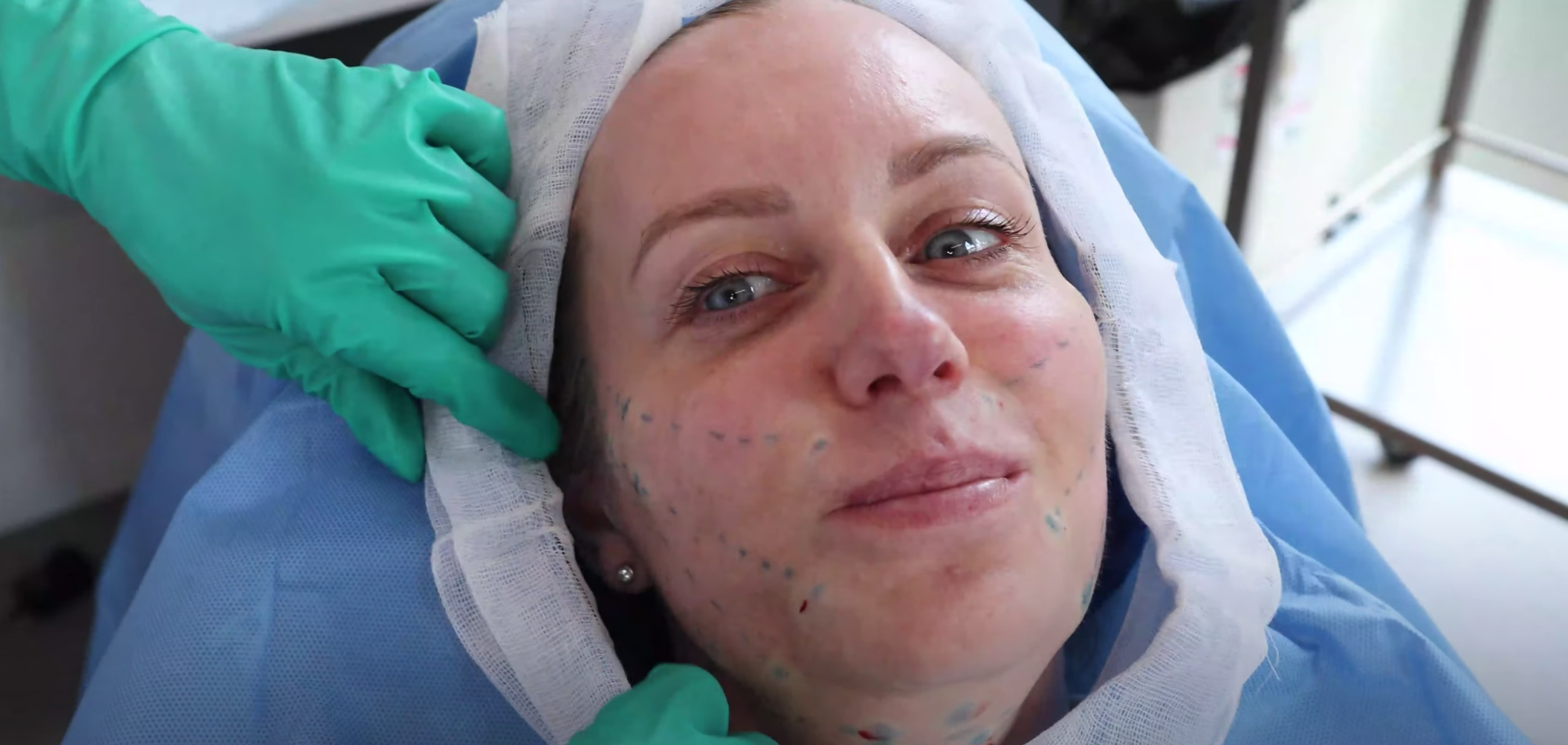
What should you not do after a thread lift?
It is important to abstain from any strenuous exercise for two weeks following your thread lift treatment. Excessive facial movements should also be avoided for this period of time to allow for optimal healing.
You should avoid normal activities that involve direct contact with the treated area for at least 3 to 4 weeks. For example, skin peels, facial aesthetic treatments and even dental surgery.
Can a thread lift go wrong?
All treatments come with some degree of risk, which is why it’s important to have a thorough consultation before having your thread lift treatment with an experienced medical practitioner.
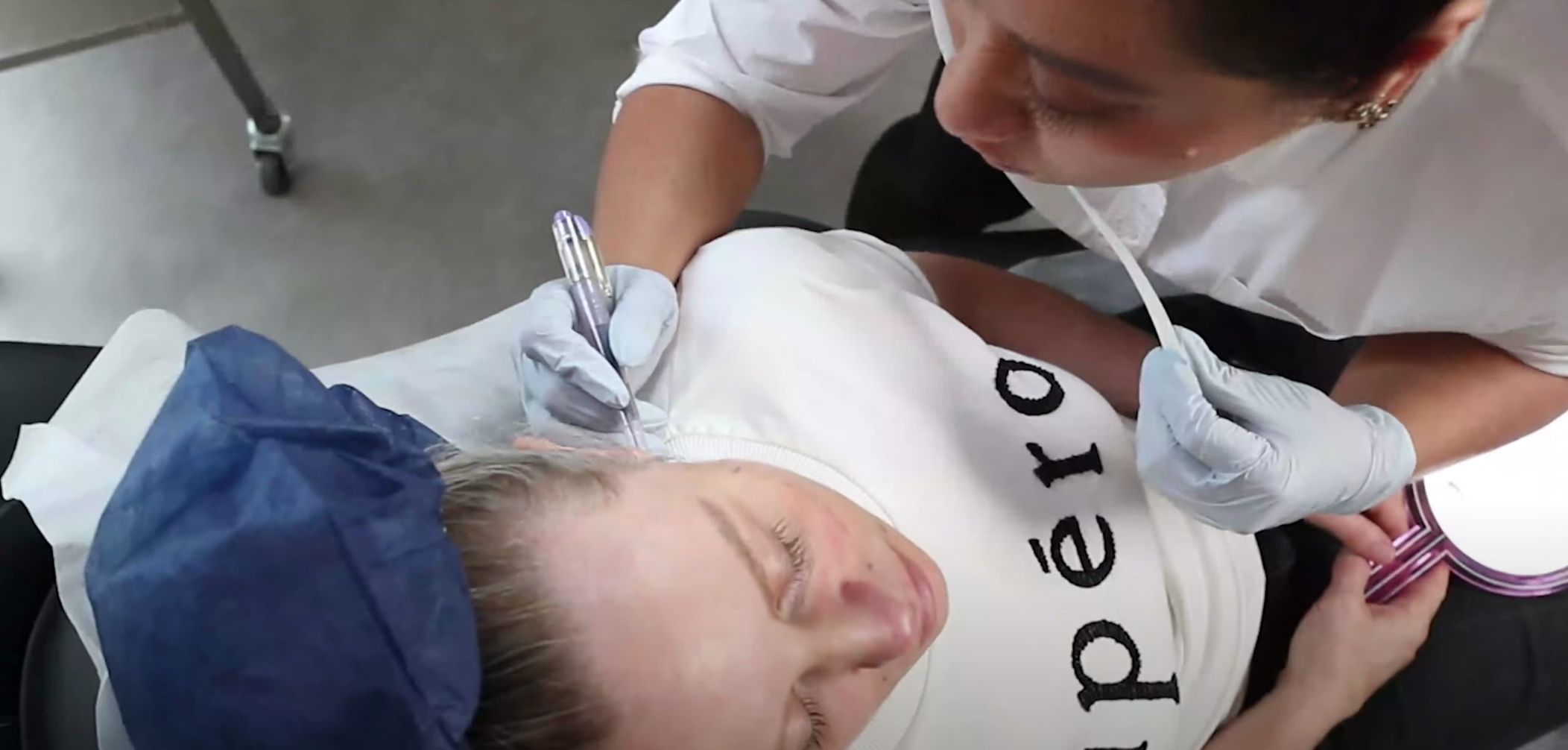
Risks and complications of thread lifts
Pain and discomfort
It is normal to experience some pain and discomfort following your thread lift treatment. Most discomfort following treatment should subside within two weeks. Please contact your practitioner if you are experiencing increasing pain during this time. During this time, you can take simple analgesia such as paracetamol if required.
Swelling and bruising
Swelling and bruising are not uncommon following a lift. Any swelling and bruising usually resolve after two weeks. During this time, you can gently apply ice to the swollen areas to decrease any swelling. Patients are also advised to sleep with their head slightly elevated on a couple of pillows to reduce the amount of swelling in the morning. In the unlikely event that your swelling and/or bruising does not seem to be resolving within two weeks, please contact your practitioner.
Dimpling
As the thread lift treatment lifts the skin and soft tissue, it is common to have some temporary dimpling of the skin in and around the treatment area. If the threads have been appropriately placed by a medical practitioner, and the aftercare instructions provided to you are followed, the dimpling should resolve in four weeks.
Lumpiness
Lumpiness can occur around the thread lift entry points. With the medical practitioner having the appropriate skills, knowledge, experience and training, this is most often avoided. But it is still likely. It is also important to avoid touching or rubbing the treated area to prevent any lumps from occurring.
Infection
As with many procedures, the risk of infection is always present. To minimise this risk as much as possible, Victorian Cosmetic Institute thread lift procedures are always performed using sterile equipment and in a medical practice facility. Dressings are applied to the thread lift entry points to help with healing and prevent any infection after the procedure. It is also very important to keep your face clean and avoid any makeup use for 2 days after your procedure. Contact your medical practitioner if you are experiencing any increased redness around the treatment area or significant pain and swelling that is not subsiding in the days following your treatment.
How to minimise thread lift complications
Like all medical procedures, there is a possibility of complications. However, with the right practitioner, pre-care and post-care, the risks of any complications arising during thread lift recovery are reduced. Whilst the risk of complications can be reduced, the risk cannot be completed eliminated.
Apply ice packs after the procedure
Applying ice to the treated areas at home is a simple way to alleviate any swelling. Gently applying ice may also assist with reducing any bruising.
Take analgesia
You may take paracetamol following your procedure if you feel the need. Taking aspirin and ibuprofen is not recommended. These painkillers do thin the blood or slow down your body’s clotting time, so they may increase the severity of any bruising.
Stop blood thinning supplements
It is important to stop taking any over-the-counter blood thinning supplements 2 weeks prior to your procedure. Common blood thinning supplements include fish oil, vitamin E, Krill Oil, Garlic and Ginkgo Biloba. Do not stop taking any prescription medications without first consulting your GP or doctor who prescribed your medication.
Avoid rubbing your face
The threads require time to settle into place. Avoid rubbing your face for the first few days following your procedure. Cleanse your face using gentle touch and avoid rubbing any firmer than required.
Do not use saunas or steam rooms
Extreme temperature changes will cause excessive swelling, bruising and delay the healing process. Avoid hot saunas, steam rooms, spas and anything else where you experience extreme temperature changes for at least 4 weeks following your thread lift treatment.
Where to get a thread lift in Melbourne?
At the Victorian Cosmetic Institute, we provide thorough consultations for all of our patients. Our practitioners offer follow-up contact, aftercare and advice.
Dr Aliaa Yusof is very experienced in thread lifts and is also a clinical trainer for both the Silhouette Soft and MINT threads provided at Victorian Cosmetic Institute.
Making the first phone call to book your appointment can be daunting, so many patients prefer to book online. Alternatively, you can call us on 1300 863 824
We provide a complimentary review 4 weeks post your procedure to assess your treatment outcome.
